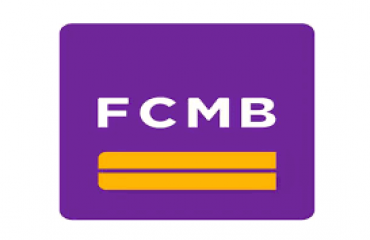Risk concerns have been pushed into our thinking, especially since 9/11 in 2001. We are much more aware and concerned about the risks to ourselves, our organization and our community. Reflecting this, risk management is becoming an integral part of good public relations practice.
Risk is defined as the chance of something happening that will have an impact on objectives. Risk is measured in terms of likelihood and impact. Some people think public relations practice doesn’t involve much risk, which they think is more about operational matters such as safety and security. However, there is an element of risk in all public relations activity. Think of the risks to the organization inherent in a bad reputation, in controversial public issues, corporate crises, sponsorships turning bad, poor counsel to senior management, hyped product claims in marketing communication, use of celebrities in marketing, and in corporate events that go wrong. Many risk management experts believe that reputational risk is the most important of all – a PR risk that has dollar value. Just this week, Goodyear Tyres Australia was forced into a humiliating backdown when the federal government ordered the company to pay for “corrective advertisements” in major newspapers about its false and misleading marketing hype. Goodyear had claimed in 2007 and 2008 that one of its tyres was “environmentally friendly,” had “minimal environmental impact,” its production process resulted in reduced carbon dioxide emissions and the tyre technology “increases the life” of the tyre and “improves fuel economy.” No doubt the company’s reputation will suffer, along with its sales. Clearly there was no risk management process in place to prevent such unsubstantiated hype from going public.
Probably the most common risks encountered in PR life are in corporate events, which range from the formal – such as annual general meetings, conferences, staff and client briefings – to the informal – such as social events and staff recognition activities. The risks in these events can be predicted and minimized with a little thought. In addition to the potential risks in public relations activities, risks are prevalent in all areas of corporate life. We should be alert to these because communication may be needed to address internal and external corporate and operational risks.
Key benefits from risk management:
- It reduces the likelihood of unpleasant and costly surprises.
- It provides better information for strategic planning and decision-making.
- It leads to more realistic allocation of resources, especially financial resources.
- It generates better results from communication programs and projects.
- It creates better compliance with regulatory requirements.
- It helps to more accurately define the scope of required insurance cover, which can lower insurance costs.
Risk management comprises the culture, processes and structures that are directed towards the effective management of potential opportunities and adverse effects. The role of risk management is to identify potential risks and take action to reduce the chances of those risks becoming reality and to reduce the magnitude of incidents if risks do turn into reality. Note also that the risk management process can identify potential opportunities from risk, just as issues and crises can create opportunities as well as problems.
In simple terms, risk management is intended to answer three questions:
- What can go wrong?
- What is the likelihood and impact of something going wrong?
- What can we do about it?
Risk management should be a continuing process starting at the planning stage of all significant communication and public relations programs and projects.
Seven steps are commonly used for risk management:
- Establish the context.
- Identify the risks.
- Analyze the risks.
- Evaluate the risks.
- Treat the risks.
- Monitor and review.
- Communicate and consult.


You must be logged in to post a comment.